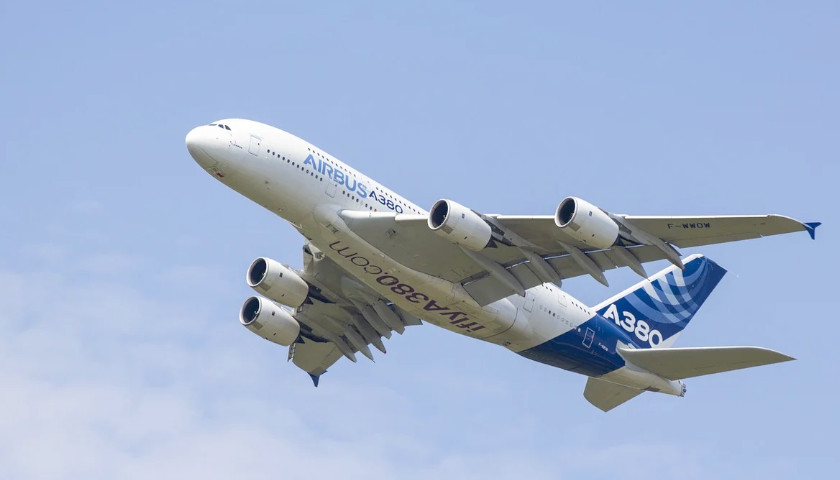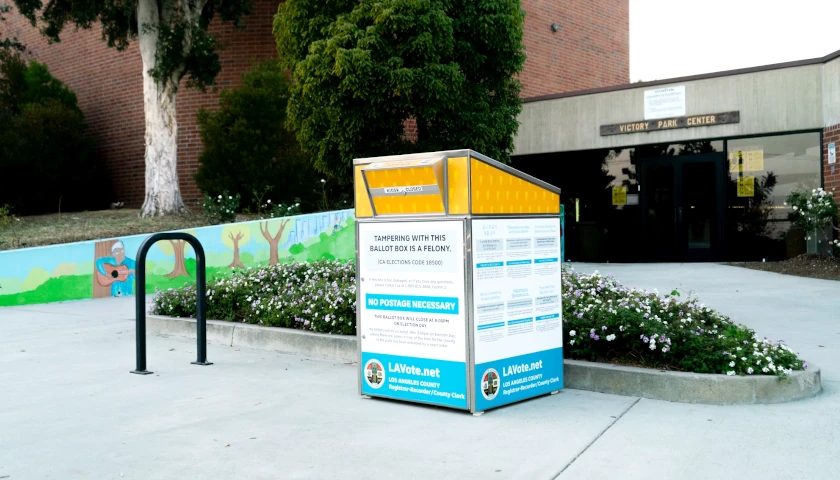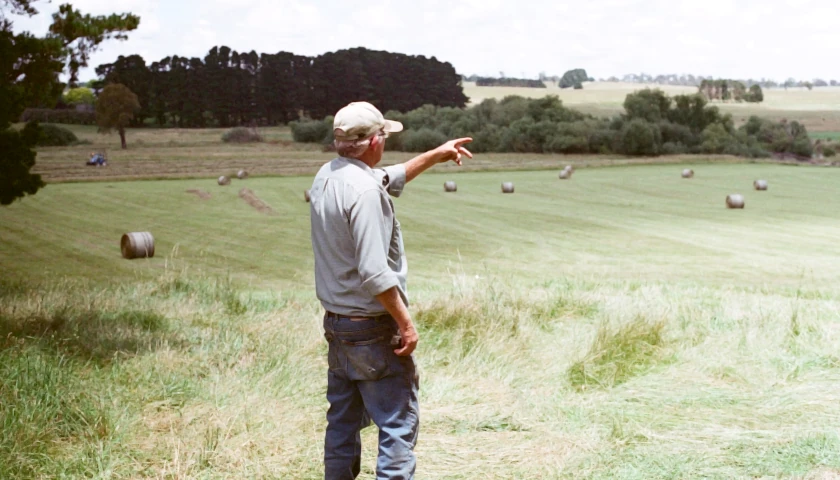President Joseph R. Biden Jr.’s administration opened up a significant chunk of a new Air Force tanker contract to the Leiden, Netherlands, based Airbus less than a year after the company paid a nearly $4 billion fine for corruption and despite its history of technology transfers to China.
“Airbus engaged in a multi-year and massive scheme to corruptly enhance its business interests by paying bribes in China and other countries and concealing those bribes,” said Assistant Attorney General Brian A. Benczkowski of the Justice Department’s Criminal Division in a statement released at the end of January.
“This coordinated resolution was possible thanks to the dedicated efforts of our foreign partners at the Serious Fraud Office in the United Kingdom and the PNF in France,” Benczkowski said.
“The Department will continue to work aggressively with our partners across the globe to root out corruption, particularly corruption that harms American interests,” he said.
It is not unusual for new administrations to clear the decks of investigations or prosecutions from previous administrations, so at the time, the action by the Biden Justice Department to tie a bow on this massive international corruption probe with a fine and a deferred prosecution agreement did not set off alarms.
Then, June 16, the Air Force Life Cycle Management Center announced it was significantly reworking its strategic bomber acquisition to open the program to Airbus.
The original plan was for the Air Force to renew its strategic tanker fleet in three tranches, KC-X, KC-Y and KC-Z. First, the Air Force would buy 179 Boeing KC-46A Extenders to replace the KC-135s. Second, the Air Force would buy 179 KC-46As to replace more KC-135s. Third, the Air Force would buy KC-46As to replace the KC-10s.
Initially, the third tranche would be another higher capacity tanker since the KC-10 has a fuel capacity of 356,000 pounds compared to 212,299 pounds for KC-46A, but this, too, was dropped in favor of making the whole fleet the same model.
The new Air Force acquisition plan keeps the first tranche of KC-46As in place but now opens up the second tranche to a dual-use, commercially derivative model – not a newly designed model – which leaves two options: the KC-46A and the Airbus A330.
According to an Air Force statement, a final Request for Proposal with the new requirements for the KC-Y is expected by the end of 2022.
Air Force officials briefed industry officials that the third tranche, KC-Z, will now be for an “Advanced Air Refueling Tanker,” which may have stealth capabilities and could be unmanned.
Because the KC-Z tranche is no longer a continuation, but rather a departure to a newly conceived strategic tanker, the tanker sought in the KC-Y tranche is referred to at the “bridge tanker.”
The A330 lost out to the KC-46A in the KC-X competition but now Airbus, and Lockheed Martin, are bringing it back as a new and improved LMXT. Essentially, it is the same A330 but now branded as a Lockheed Martin aircraft.
The need for the Air Force to invest in its strategic fuel was spelled out in a Hudson Institute paper, “Resilient Aerial Refueling: Safeguarding the U.S. Military’s Global Reach,” written by Timothy A. Walton and Bryan Clark.
None of this is new to the Air Force, which has struggled since the early 1980s to replace its fleet of 396 Boeing KC-135’s Stratotankers, built in the 1950s and 1960s, and its 60 McDonnell Douglas KC-10 Pegasus tankers built in the 1980s.
The average age of the Air Force’s strategic tankers is 52 years, said Walton and Clark.
“In 2021, the U.S. aerial refueling enterprise is losing altitude,” they said. “It must evolve, but the increasing operations and support costs of the current geriatric fleet and other competing procurement programs amidst a likely flat defense budget raise the specter that change will not be possible and that the U.S. Air Force will be left with a smaller and weaker aerial refueling force, and, in turn, a weaker Joint Force.”
Another way of thinking about the need is to consider that between 2004 and 2007, Air Force tankers executed 13,000 fueling sorties annually, they said.
Walton and Bryan did not address it in their report, but in August, during the military’s last operations in Afghanistan, a spokesman for the Air Force’s Air Mobility Command told “Task & Purpose” it flew more than 230 different planes in and out of Kabul.
Walton, Clark: China is now a factor in strategic tanker planning
Walton and Clark said they found that the Air Force needs to make this program a top priority and invest $6.3 billion in the new tankers to enhance capabilities, upgrade command and control functionality and compete with China.
The most critical changes needed in the aerial refueling enterprise are on the ground. Absent reform, in a conflict with China, the tanker fleet may be confined to about a dozen airfields where U.S. forces would have political access and sufficient runway, ramp space, and fuel stores to support refueling operations. Such a force could only support relatively few aircraft in the air and would be more vulnerable to attack compared to a more-distributed fleet. Similar airfield and fuel challenges could be faced in other scenarios, as was observed during the 2011 North Atlantic Treaty Organization–led campaign in Libya.
In a hot war with China, in addition to limited ability to field the strategic fuelers, the Chinese have an increasing ability to take away runway and hangar options, Walton and Clark said.
U.S. aerial refueling is also under increased threat as adversaries – especially the PRC – are increasingly capable of attacking aircraft and airbases. In addition to disrupting the tightly choreographed and brittle aerial refueling architecture developed during 30 years of uncontested operations, threats to aircraft and airbases will increase air forces’ dependence on tanking to reach targets from distant airfields. And regardless of where they are based, air forces will require the greater endurance provided by tankers to orchestrate more complex, distributed operations to improve survivability and defeat targeting by enemy air defenses.
Airbus has a history of corrupt practices, technology transfers with China
Airbus has been doing business with the People’s Republic of China since 1994, including providing defense and intelligence equipment going back nearly three decades.
According to the company, today, Airbus Defence and Space has 85 employees in China.
In addition to fixed-wing and rotary aircraft, Airbus provides China with a wide array of satellites. The first was Sinosat-1, launched in 1998 by Airbus in partnership with China Aerospace Science and Technology Corporation.
“The company was the very first commercial supplier of Earth observation satellites imagery and services in the Chinese market and has become one of the leading companies in the country’s Earth observation market,” according to Airbus.
In 2005, China Daily, a newspaper published by the Chinese Communist Party in the United States, celebrated the success of Airbus’s 1999 agreement with China Aviation Industry Corporation.
The article said that Airbus had 3,600 aircraft flying around the world, and 50 percent of them had parts made in China.
In January’s deferred prosecution agreement between the Biden Justice Department and Airbus, DOJ spelled out what Airbus had confessed to doing as part of the pact.
“The admissions and court documents establish that in order to conceal and to facilitate the bribery scheme, Airbus engaged certain business partners, in part, to assist in the bribery scheme,” said the DOJ statement.
“Between approximately 2013 and 2015, Airbus engaged a business partner in China and knowingly and willfully conspired to make payments to the business partner that were intended to be used as bribes to government officials in China in connection with the approval of certain agreements in China associated with the purchase and sale of Airbus aircraft to state-owned and state-controlled airlines in China,” DOJ said.
“In order to conceal the payments and to conceal its engagement of the business partner in China, Airbus did not pay the business partner directly but instead made payments to a bank account in Hong Kong in the name of a company controlled by another business partner,” the Justice Department said.
Now, the company operates the Airbus China Innovation Centre in Shenzhen Province, which is on the cutting edge of Airbus’s Chinese production and roughly 25 percent of the company’s worldwide production.
Etienne Ravaud, then ACIC’s chief operating officer, said when the center opened in 2019: “Only a few years ago, you would go to Silicon Valley if you wanted the latest technology. Today, that place is increasingly Shenzhen.”
– – –
Neil W. McCabe is the national political editor for The Star News Network. Send him news tips: [email protected]. Follow him on Twitter: @neilwmccabe2.




